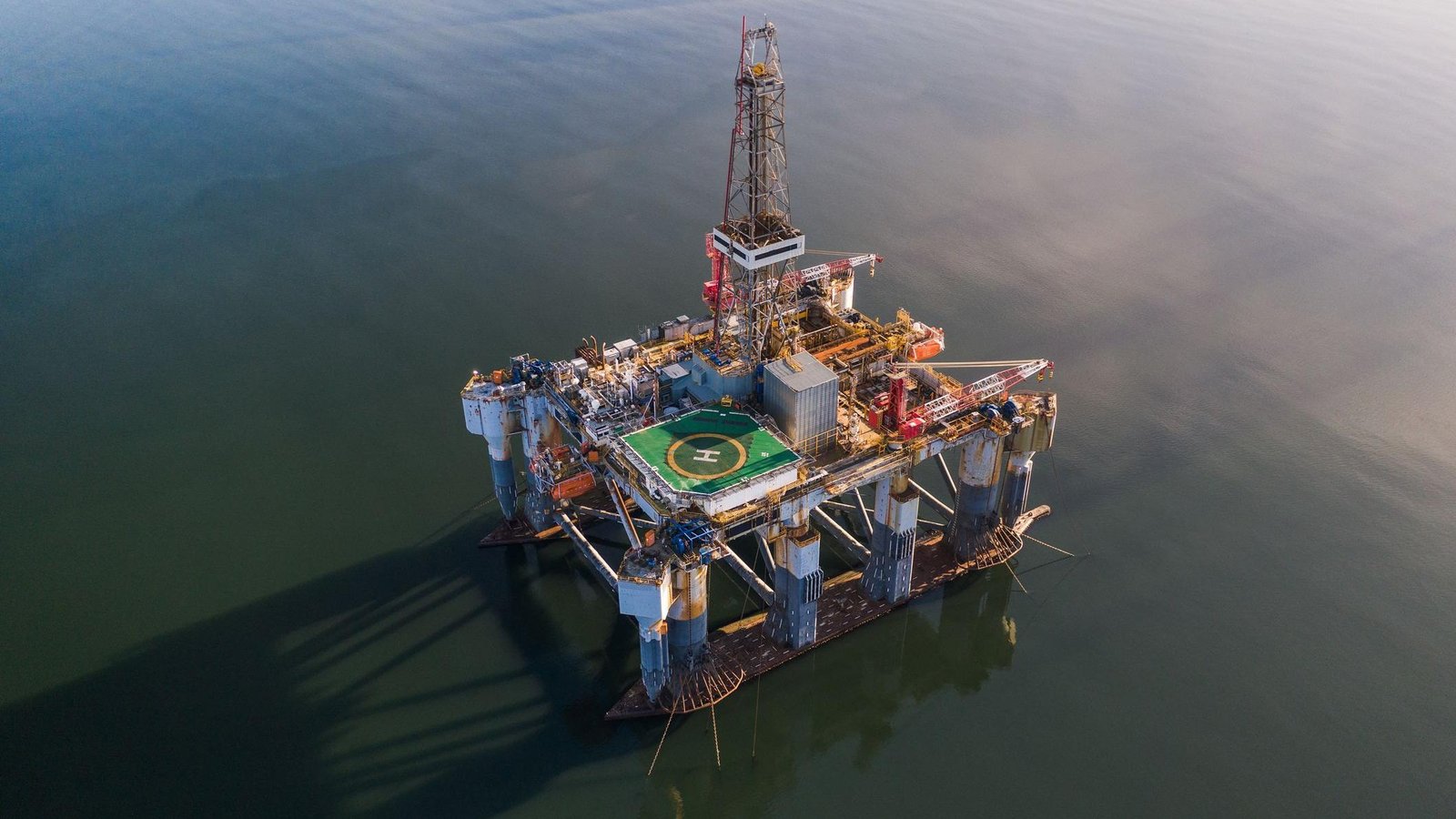Offshore structures like oil rigs and wind farms are critical components of the energy industry. They serve vital roles in harnessing resources from the ocean, but once their useful life ends, they need to be decommissioned. While the process of decommissioning is essential, it can pose significant environmental risks if not handled properly. That’s where offshore decommissioning services come into play. By adopting responsible and sustainable decommissioning practices, the industry can minimize negative impacts on marine ecosystems, wildlife, and local communities.
In this blog post, we’ll explore 10 key steps to protect the environment through efficient offshore decommissioning services. These steps aim to guide professionals in the field on how to conduct safe, eco-friendly decommissioning processes that prioritize environmental preservation.
1. Comprehensive Environmental Assessment
Before decommissioning an offshore structure, a thorough environmental assessment is essential. This process involves identifying potential risks and impacts that may arise during decommissioning. The assessment should consider marine life, seabed conditions, water quality, and local ecosystems. By understanding the environmental sensitivities of the area, professionals can design a decommissioning plan that minimizes harm to the environment.
Tip: Always use up-to-date environmental data and collaborate with marine biologists to ensure the assessment reflects the most current ecological concerns.
2. Adopting Environmentally Friendly Technologies
One of the most significant steps in protecting the environment during offshore decommissioning is the use of environmentally friendly technologies. Advances in technology have provided industry professionals with tools and techniques to reduce waste and mitigate pollution. For instance, specialized underwater cutting tools and decommissioning robots help minimize the disruption to the seabed and nearby marine life.
Example: The use of remotely operated vehicles (ROVs) for cutting and removing structures can reduce the risk of contamination from heavy equipment and fuel leaks.
3. Safe Removal of Hazardous Materials
Offshore structures often contain hazardous materials such as oil, chemicals, and heavy metals. These materials can have devastating effects on marine ecosystems if not handled carefully. Offshore decommissioning services should ensure the safe removal and disposal of these materials in compliance with environmental regulations. This may involve flushing pipes, removing residual chemicals, and securely transporting waste to designated disposal facilities.
Tip: Make sure that decommissioning teams are properly trained in hazardous material handling and follow strict protocols for containment and disposal.
4. Minimizing Physical Disturbance to Marine Life
Marine life can be particularly vulnerable during the decommissioning of offshore structures. The noise, vibrations, and physical disturbances from removal activities can disrupt marine species, especially those that rely on the area for breeding or feeding. To reduce these disturbances, decommissioning activities should be scheduled during periods when local wildlife is less active. Additionally, using quieter and less invasive equipment can help minimize the environmental impact.
Example: During the decommissioning of an oil rig, the use of vibration-damping technologies can significantly reduce noise pollution, protecting marine mammals such as whales and dolphins.
5. Recycling and Reusing Materials
Sustainability in decommissioning doesn’t just involve removing structures—it also includes repurposing and recycling materials whenever possible. Steel, concrete, and other materials from offshore platforms can often be reused in construction or other industries. This reduces the need for new materials and lowers the overall environmental footprint of the decommissioning process.
Tip: Partner with recycling facilities that specialize in handling offshore materials to ensure that as much material as possible is salvaged and reused.
6. Conducting Eco-Friendly Waste Management
Proper waste management during offshore decommissioning is critical for reducing pollution and maintaining marine ecosystem health. All waste materials, including oil, debris, and hazardous substances, must be carefully collected, sorted, and disposed of in compliance with local and international environmental standards. Recycling, reusing, or converting waste into energy are all viable options for reducing environmental harm.
Tip: Develop a detailed waste management plan before beginning any decommissioning project, specifying how each type of waste will be handled and disposed of.
7. Implementing Non-Destructive Removal Methods
In offshore decommissioning, traditional removal methods can cause significant environmental damage. For example, the use of explosives to remove large structures can create underwater shockwaves, damaging marine habitats. Non-destructive methods, such as disassembling platforms piece by piece or using cutting-edge mechanical techniques, are safer for the environment and help preserve the integrity of the surrounding marine ecosystem.
Example: Instead of blasting an oil platform into pieces, decommissioning services can use precision cutting tools that minimize the impact on surrounding marine environments.
8. Collaboration with Regulatory Bodies and Stakeholders
Effective decommissioning involves collaboration between industry professionals, regulatory bodies, environmental organizations, and local communities. This collaboration ensures that the decommissioning process adheres to environmental regulations, addresses concerns from local stakeholders, and incorporates best practices for environmental protection. Open communication helps to foster transparency and ensures that the decommissioning plan takes into account all relevant environmental and social factors.
Tip: Stay updated on the latest environmental regulations and work with local agencies to ensure your decommissioning plans are compliant with national and international standards.
9. Restoration of Marine Ecosystems
Once the offshore structures are removed, it’s crucial to restore the marine environment to its natural state as much as possible. This may involve habitat restoration, such as reseeding seagrasses or rebuilding coral reefs, which can help to rejuvenate the local ecosystem. Environmental restoration efforts can also include reintroducing marine species to the area that may have been affected by decommissioning activities.
Example: After the removal of an oil platform, restoration efforts may involve placing artificial reefs in the area to encourage marine life to return and thrive.
10. Long-Term Monitoring and Reporting
The decommissioning process doesn’t end once the structures are removed. To ensure that the environmental impact is fully addressed, it is essential to implement long-term monitoring and reporting of the decommissioned site. Regular environmental assessments can track the recovery of marine ecosystems, identify any ongoing issues, and ensure compliance with environmental protection standards.
Tip: Work with environmental consultants to set up a monitoring plan that includes periodic assessments of water quality, marine life populations, and habitat restoration progress.
Conclusion
Offshore decommissioning services play a pivotal role in protecting the environment, especially as the energy industry continues to evolve. By following these 10 steps, professionals can ensure that decommissioning activities minimize environmental damage and contribute to the preservation of marine ecosystems. Whether it’s through the use of advanced technologies, careful waste management, or effective stakeholder collaboration, the goal is clear: protect our oceans, reduce pollution, and promote sustainability for future generations.
By understanding and implementing these practices, industry leaders can not only meet regulatory requirements but also set an example for responsible offshore decommissioning. As we move toward more sustainable energy practices, adopting these steps will help ensure a cleaner, healthier ocean environment for years to come.

